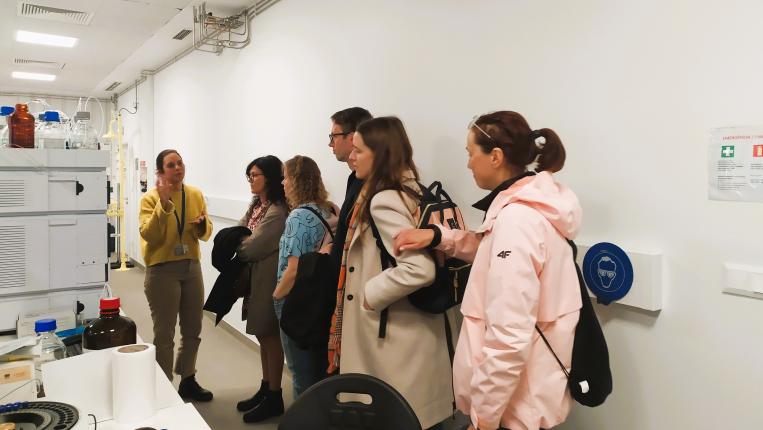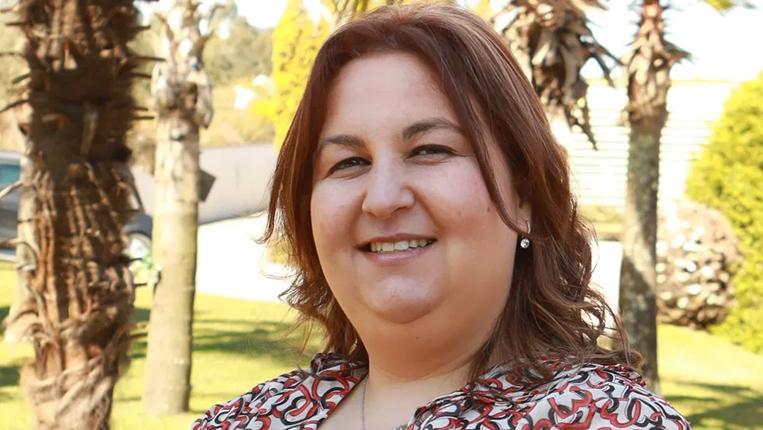Objectives and competences
Students should be able to contextualize Biomechanics history and epistemology and state its objectives and applications, especially in the field of Biomedical Engineering. They must be able to identify and apply the laws of mechanics that govern the movement of biological structures in general and human movement in particular. They must know the mechanical properties and behavior of biological tissues. They must also be qualified to use the instruments available in a biomechanics laboratory and to interpret the respective results.
Students should be able to envisage analytical, numerical or experimental solutions to problems associated with biological and non-biological movement characteristics, as well as understand the force production capacity and resistance to efforts of biological systems. They should become familiar with a Biomechanics laboratory and be able to explore and apply it to the solution of new problems.
Teaching Methodologies
Theoretical Classes (concepts, examples, demonstrations)
Practical Laboratory Classes (measurement, design, experimentation)
Seminars (development of previously chosen topics based on presentations prepared by students).
Syllabus
Introduction to Biomechanics
Epistemological framework
Definitions
Goals
Applications of Biomechanics
History of Biomechanics
Assessment and counseling in Biomechanics: conceptual and experimental foundations
Kinematics and Kinemetry
Light kinemetry
Inertial kinemetry
Other kinemetric solutions
Inertia and Biomechanical Morphometry
3D extraction of body shape and dimensions
Body composition
Dynamics and Dynamometry
Isometric, inertial and isokinetic dynamometry
Force platforms
Strain gauges
Pressure sensors
Inverse dynamics
EMG
Action potential and EMG
surface differential EMG
Amplitude and frequency of the EMG
EMG decomposition
Thermography
Infrared light
Biomechanical meaning of thermal imaging
Exploring the Biomechanics lab
Kinemetry
Morphometry
Dynamometry
EMG
Thermography
Data processing in Biomechanics: mechanical foundations
Scalars, Vectors and Units
References and coordinates
Position, velocity and acceleration (linear and angular)
Dynamics / kinetics
Newton's Laws, Center of Mass, Mass and Inertia
Work, power and energy; impulse of a force
Angular dynamics; moment of inertia
Biomechanics of human movement
Biomechanics of locomotion (gait): inverse dynamics – internal forces and joint moments
Running biomechanics
Biomechanics of jumping and throwing
Stabilometry, balance biomechanics and postural control
Fluid Mechanics - Applications in Biomechanics
Biomechanics of biological materials, tissues, systems and joints – functionality,
failure and recovery
Bone biomechanics (function, overload, failure and recovery (FSFR)
Biomechanics of the joints (FSFR)
Muscle Biomechanics (FSFR)
Tendon Biomechanics (FSFR)
Fascial biomechanics (FSFR)
Ligament biomechanics (FSFR)
Biomechanics of Circulation (FSFR)
Biomechanics of Breathing (FSFR)
Biomechanics of the muscle-tendon complex – elastic potentiation
Prosthetics and Biomechanics
Internal load assessment in Biomechanics
Final considerations




